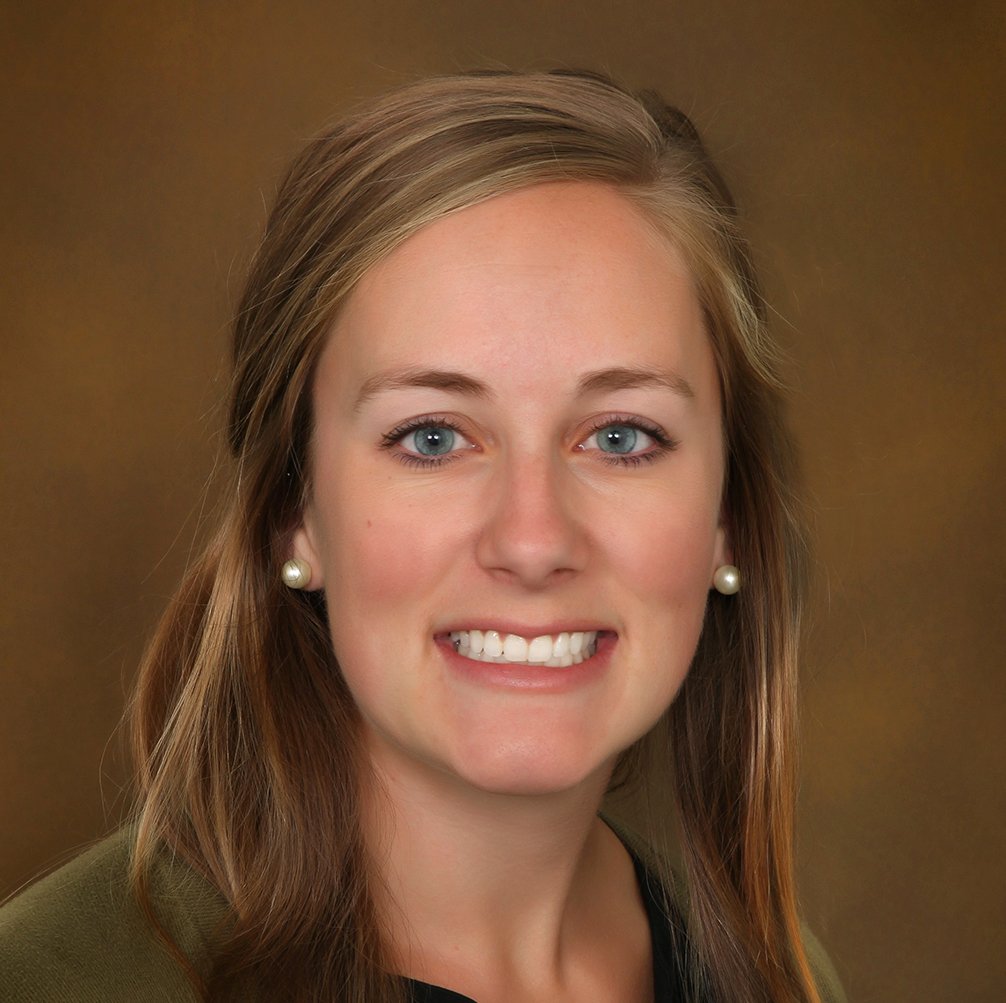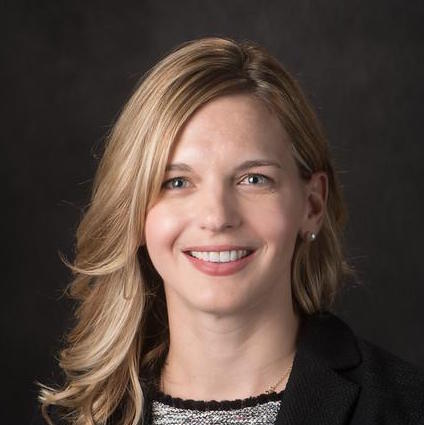Patients’ rights advocates scored a major victory in April, when a provision went into effect that allows patients immediate access to all information in their medical records, including physician notes and test results. The change is part of the 21st Century Cures Act, which was passed by Congress in 2016 and continues to be updated.
Many physicians, however, worry the change could cause more harm than good, as patients are now viewing and attempting to interpret test results before their doctor has a chance to call and explain things.
“These reports are set up in such a way that they’re very standardized, and they use a lot of medical jargon, so we worry: Will patients understand the results? Will it cause anxiety?” says Sarah Tevis, MD, assistant professor in the University of Colorado School of Medicine Department of Surgery and a member of the CU Cancer Center. “We don’t have workflows in place to have someone call patients immediately, so will it cause patients more anxiety to read this report they don’t understand and then wait for someone to call them? Will they be calling the clinic continuously, trying to get someone to explain it to them?”
Researching potential problems
Before UCHealth University of Colorado Hospital adopted the change last fall (a subsequent delay moved the deadline for compliance to April), Tevis and surgery resident Laura Leonard, MD, started to worry about what immediate access would mean for patients and providers. They began conducting research so they could develop best practices for the Diane O’Connor Thompson Breast Center at the University of Colorado.
Tevis and Leonard asked patients and providers what they thought was a reasonable window of time for a doctor to call to explain new test results. For abnormal or unexpected results, patients said less than 24 hours; providers said more than 24.
“As a result of that, we made sure the communication we have with our patients sets clear expectations for when they can expect a provider to contact them,” Leonard says.
The pair also asked patients to rate their level of understanding of certain types of medical reports, while asking providers what they perceived their patients’ understanding level to be. “Patients, in general, had a higher estimate of their level of understanding than providers did,” Leonard says.
Strategies to help
The research revealed several strategies to help providers and patients at the breast cancer clinic through the change, including triaging messages so providers can call patients with worrisome results first; using the electronic medical record to automate test-result messages in cases where results are normal; and developing educational tools that can be integrated into the patient portal to help patients better understand their results.
“It could be a glossary of commonly used terms in breast cancer so they are getting vetted medical resources, as opposed to Googling on their own and possibly encountering misinformation,” says Leonard, who received a CU School of Medicine CEPS grant to develop the educational tools.
While the initial research was to aid providers and patients in the breast cancer clinic, Tevis and Leonard plan to share any helpful findings both within the CU School of Medicine and throughout the broader medical community.
“This is something that every institution is experiencing across the country, so if we develop a tool or a system that works well, we will absolutely try to get the word out about it that so other centers that are struggling can learn from our experience,” Tevis says.
Spreading the word
In April, Leonard and Tevis, along with Department of Surgery chair and CU Cancer Center director Richard Schulick, MD, MBA, and CU School of Medicine faculty member Ethan Cumbler, MD, published an editorial, “From paternalistic to patient-centered: Strategies to support patients with the immediate release of medical records,” in The American Journal of Surgery.
“Regardless of whether you view this policy as an advance in patient autonomy, a risk for negative downstream effects, or both, the law passed,” they wrote. “Now, the question is: how does the medical community support patients and providers with this new level of information transparency? We propose the following framework: Communicate, Educate and Evolve.”
In the editorial, they urged providers to communicate with patients about the change and what it means for them; educate patients so they can better understand their results; and evolve to develop interventions to support patients and providers as “healthcare becomes more transparent and patient-driven.”
“Having more transparency for patients is a good thing,” Tevis says. “I’m glad the days of patients having to go to a medical records office and pay to have their records printed are gone, but I do think we need to figure out how we can better support patients and health care teams with this information — to create efficient workflows that aren’t overly taxing on providers.”




.png)

